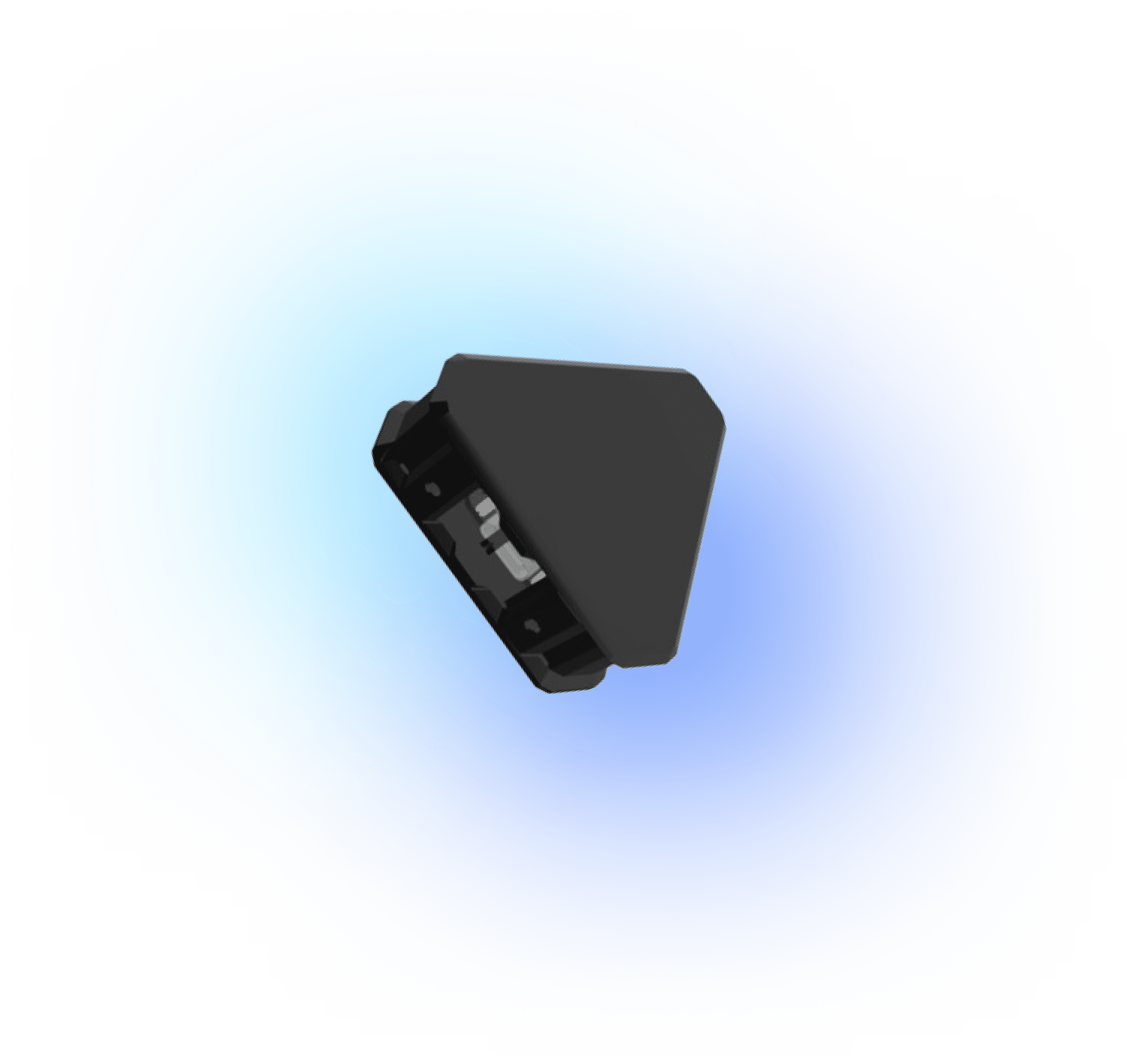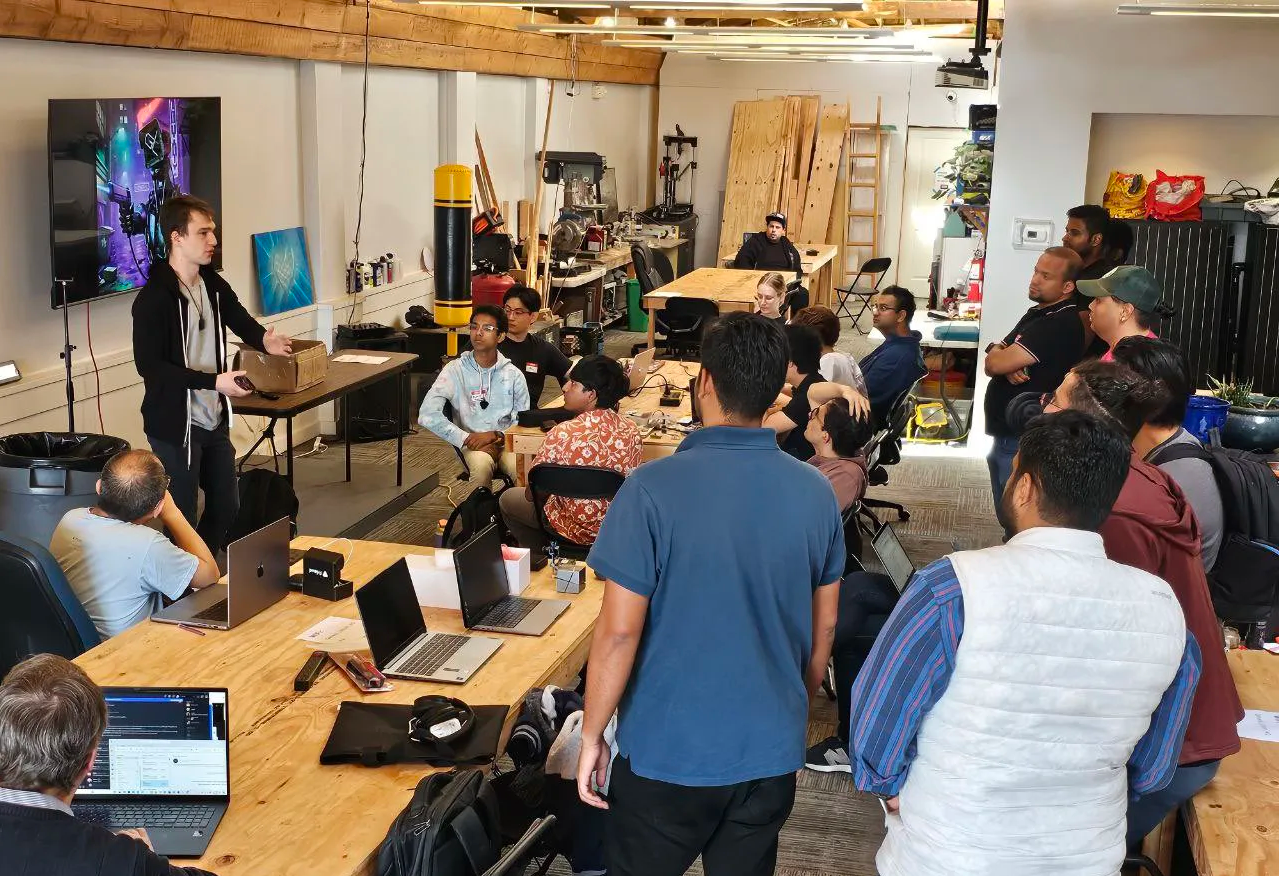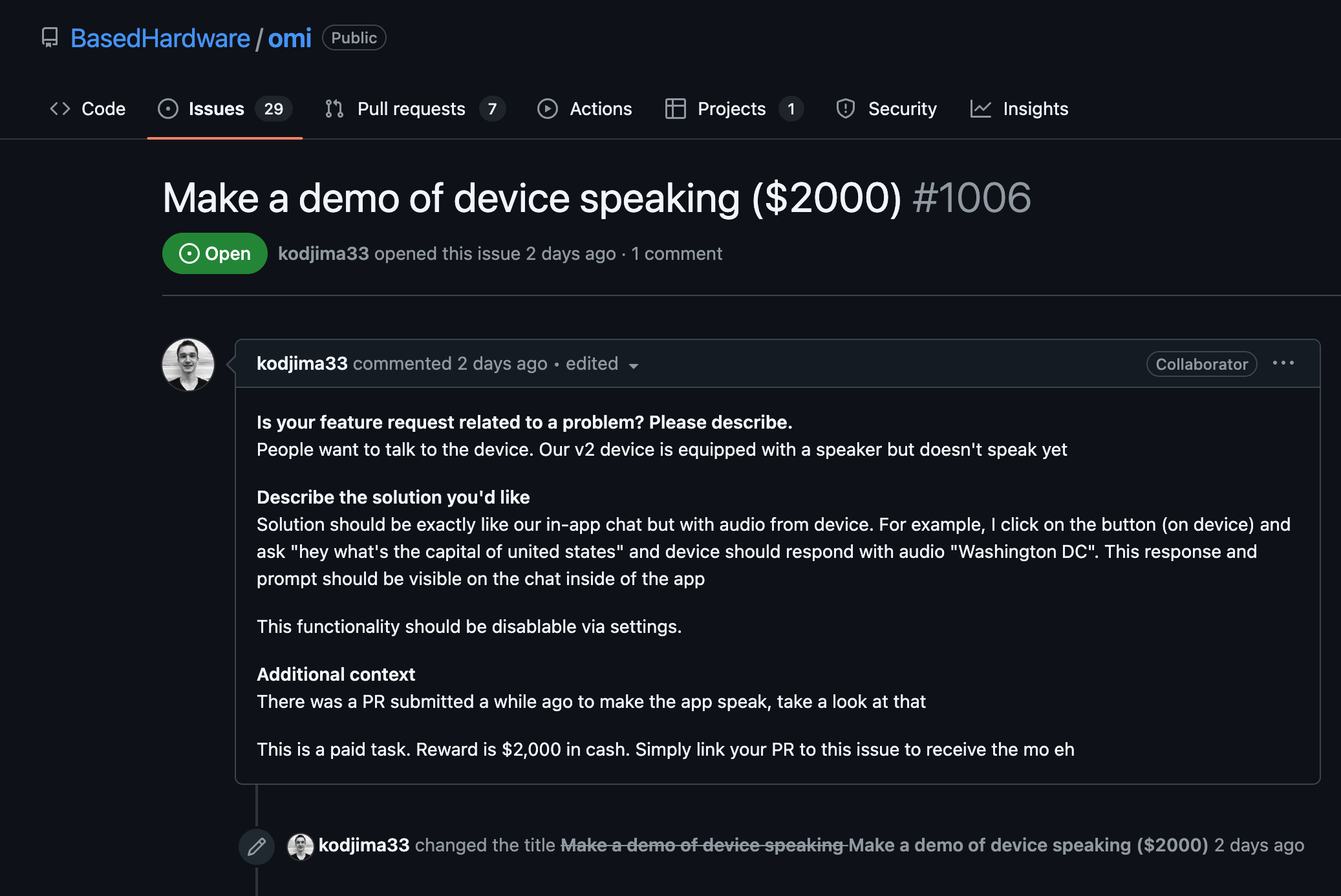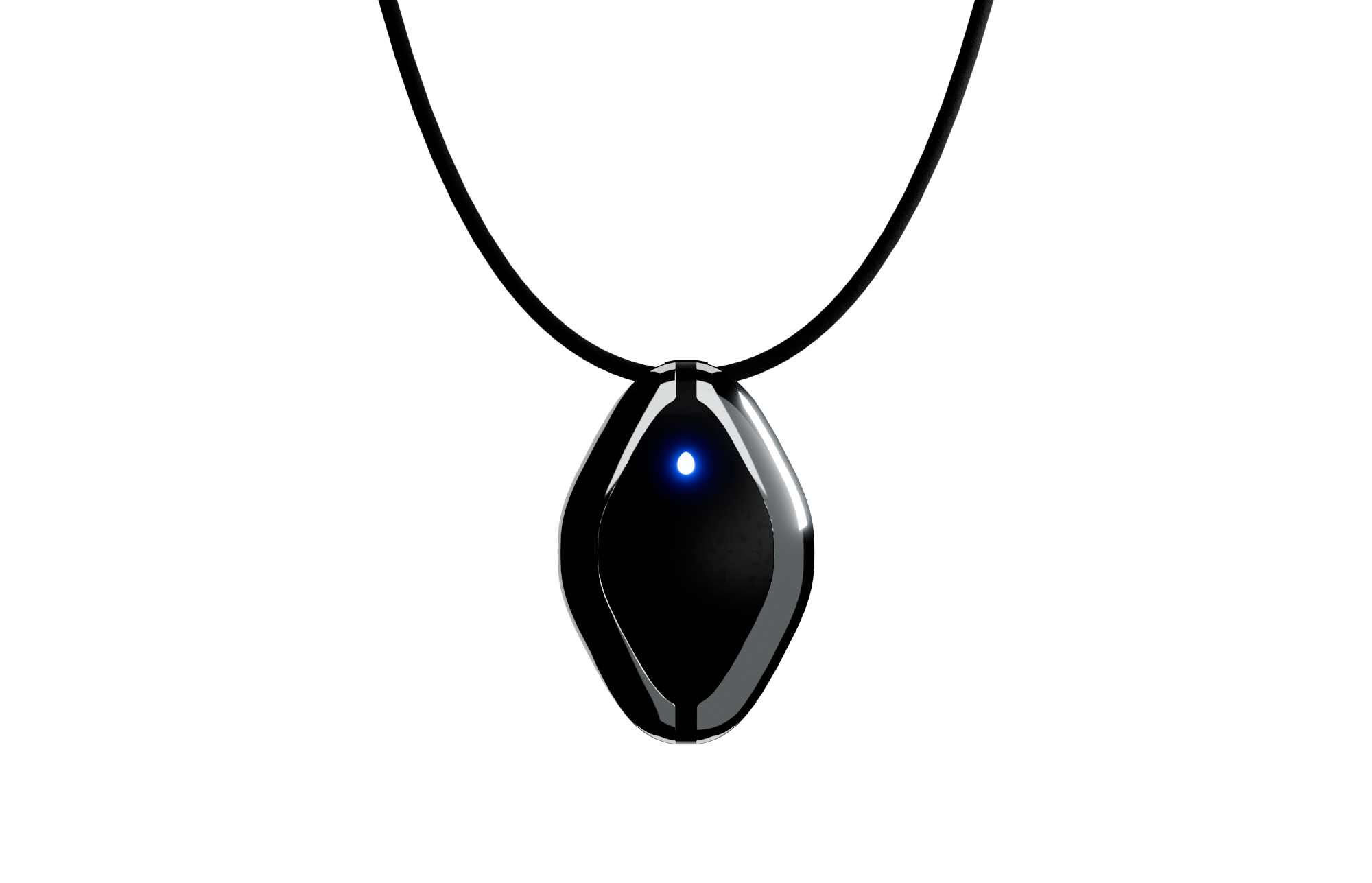Set Up the Environment
- Ensure you have the latest version of Android Studio installed.
- Make sure your project has a minimum SDK version that supports Watson APIs—typically Android 5.0 (API Level 21) or higher is ideal.
- Sign up for an IBM Cloud account and create an IBM Watson service instance. Ensure you securely note down the credentials (API key and URL).
Add IBM Watson Dependencies
- Open your Android project in Android Studio and navigate to the
Module's build.gradle file.
- Add the following dependency to your
dependencies section:
implementation 'com.ibm.watson:watson-developer-cloud:9.3.1'
- Sync the project with the Gradle files to download and install the Watson SDK.
Configure Network Permissions
- Since Watson APIs require internet access, modify your
AndroidManifest.xml by adding the following permission just inside the <manifest> tag:
<uses-permission android:name="android.permission.INTERNET"/>
Initialize IBM Watson Services in Your App
- Create a new Java/Kotlin class as required in your project structure—example
WatsonAssistant.java or WatsonAssistant.kt.
- Initialize the Watson service in the newly created class or wherever appropriate in your app. Here is a sample initialization for the Assistant service:
import com.ibm.watson.assistant.v2.Assistant;
import com.ibm.watson.assistant.v2.model.MessageInput;
import com.ibm.watson.assistant.v2.model.MessageOptions;
import com.ibm.watson.assistant.v2.model.MessageResponse;
import com.ibm.cloud.sdk.core.security.IamAuthenticator;
public class WatsonAssistant {
private Assistant assistantService;
public WatsonAssistant() {
IamAuthenticator authenticator = new IamAuthenticator("YOUR_API_KEY");
assistantService = new Assistant("2020-04-01", authenticator);
assistantService.setServiceUrl("YOUR_ASSISTANT_URL");
}
public MessageResponse sendMessage(String inputText) {
MessageInput input = new MessageInput.Builder()
.text(inputText)
.build();
MessageOptions options = new MessageOptions.Builder("YOUR_SESSION_ID")
.input(input)
.build();
return assistantService.message(options).execute().getResult();
}
}
- Replace
YOUR_API_KEY, YOUR_ASSISTANT_URL, and YOUR_SESSION_ID with your actual credentials and session information.
Integrate Watson Functionality in UI
- In your main activity or fragment, integrate the Watson Assistant service. Instantiate the
WatsonAssistant class and use its methods to send and receive messages.
- Below is an example of using the assistant in an activity:
public class MainActivity extends AppCompatActivity {
private WatsonAssistant watsonAssistant;
@Override
protected void onCreate(Bundle savedInstanceState) {
super.onCreate(savedInstanceState);
setContentView(R.layout.activity_main);
watsonAssistant = new WatsonAssistant();
// Example of sending a message and receiving a response
String outputMessage = watsonAssistant.sendMessage("Hello!").getOutput().getGeneric().get(0).text();
// Use the outputMessage in your UI
TextView textView = findViewById(R.id.textView);
textView.setText(outputMessage);
}
}
- This example demonstrates retrieving a message from the Watson Assistant and displaying it in a
TextView.
- Customize your UI components and handle messaging as required by your application's functionality.
Test Your Integration
- Run your app on an emulator or physical device with internet connection.
- Use breakpoints or log statements to ensure that the Watson service interactions are occurring as expected.
- Check the responses from Watson to verify the accuracy and relevance of the API calls and responses.


























